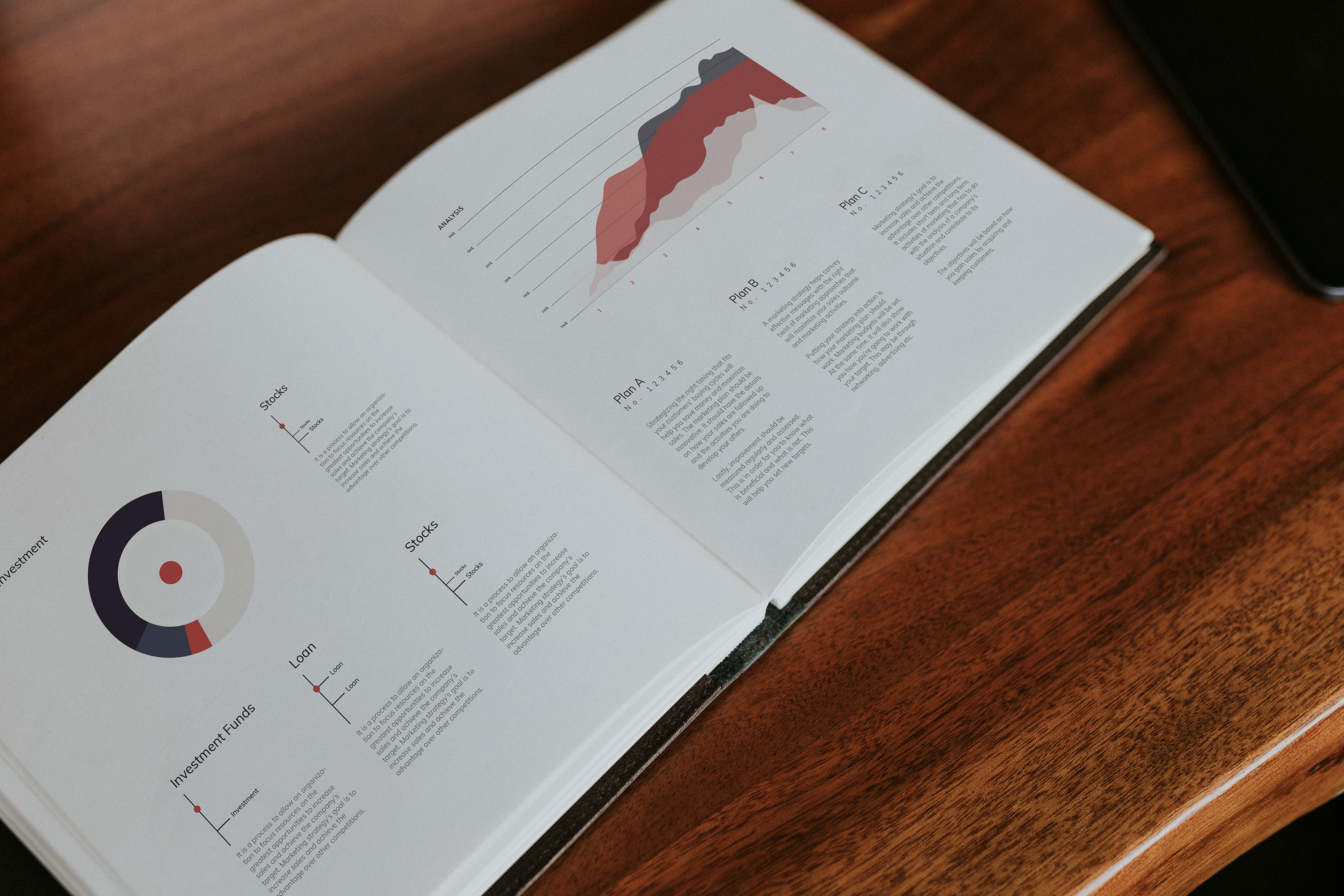Typography in Design: How to Build Visual Hierarchy
Why Letterforms Shape More Than Just Words

Why Letterforms Shape More Than Just Words
Typography is not an afterthought, it’s the backbone of visual communication. It defines what gets noticed, how fast it’s read, and how your design feels.
Good typography creates structure, rhythm, and clarity. Bad typography? It creates confusion – or gets ignored entirely.
Visual hierarchy is the system that guides how we absorb information. Typography is one of the most powerful ways to control this flow.
It tells us:
What to read first
What to read next
What we might skip and that’s okay
When hierarchy is strong, it’s almost invisible – your eyes naturally follow the intended path.
Headlines are bold and prominent. Subheadings guide. Body copy supports.
Combining different font styles (e.g., serif + sans serif) creates clear contrast.
Line height, letter spacing, and generous margins enhance readability.
Color adds emphasis, but only if used sparingly and with intent.
Using too many fonts at once
No distinction between heading levels
Overly tight or loose line spacing
Flat layouts where everything looks the same
Pro tip: Squint at your design. If you can still tell what’s most important, your hierarchy is working.
In our studio, typography often comes before the visuals, not after. It lays the foundation for everything else.
We use it to:
Define brand voice in logos
Create readability and flow in editorial layouts
Maintain unity across corporate design systems
From refined and classic to bold and modern – every brand gets its own typographic personality.
Typography is more than style, it’s functional design at its core.
It speaks, guides, and shapes emotion – all without needing images.
If your goal is to tell a story through design, start with type.
Because great typography isn’t just seen, it’s felt.